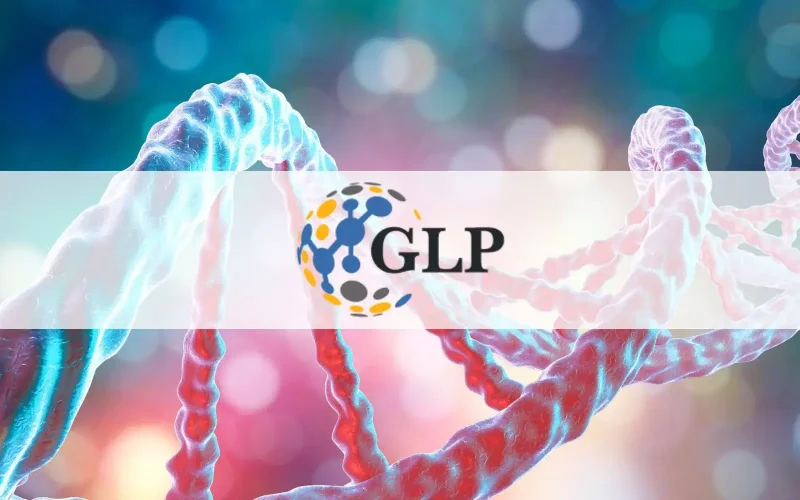The polio vaccine was one of the few the public greeted eagerly. Diseases like measles and whooping cough were familiar childhood afflictions. In most years they killed more children than polio, but polio, which put people in iron lungs and leg braces, was visible in ways that an infant’s death certificate, tucked away in a drawer, could never be.
Vaccines are often a hard sell, since they prevent rather than cure disease and seem scary even though they are generally quite safe.
…
[I]t took a combination of fear, solidarity — and coercion — for [Walter] Orenstein and his colleagues at the CDC and state public health agencies to drive childhood vaccination rates for measles, whooping cough, rubella and diphtheria to 90% and above in the 1990s to assure herd immunity.Shame was also a tool. Orenstein remembered testifying to the Florida Legislature when it was considering a tougher vaccine mandate. He showed them that disease rates were lower in neighboring states that had tighter mandates. It worked.
What’s different now? In a politically divided nation, trust in science is low and experts are distrusted, politicians more so. Childhood vaccination efforts are already beset by large numbers of hesitant parents. And efforts to fight the COVID epidemic in the United States have been clumsy and chaotic at best, leaving Americans to doubt the competence of their governments and institutions.































